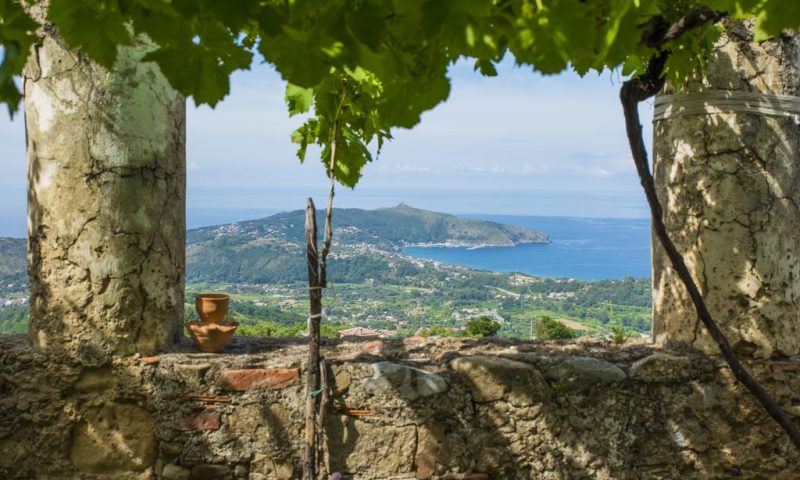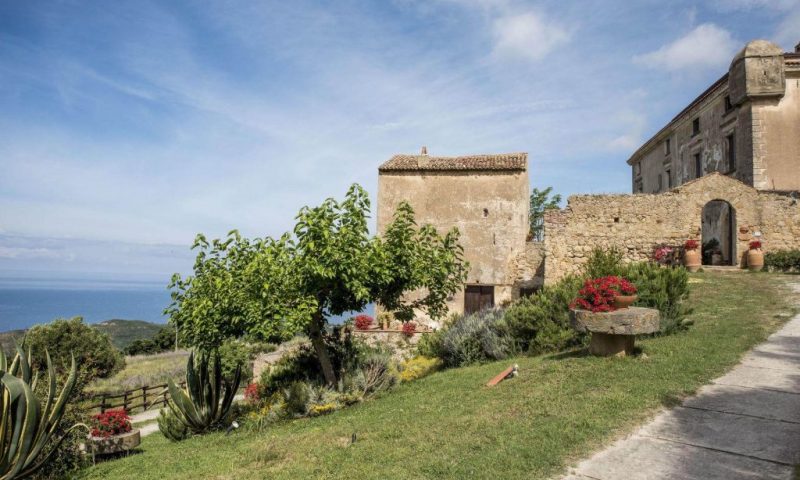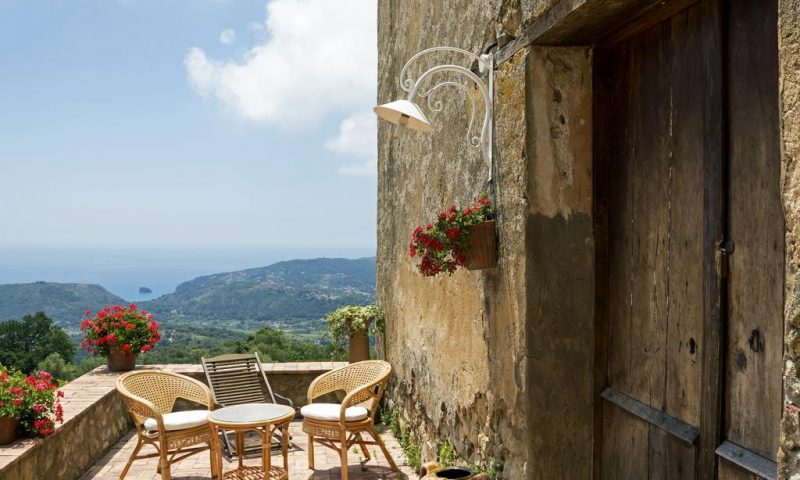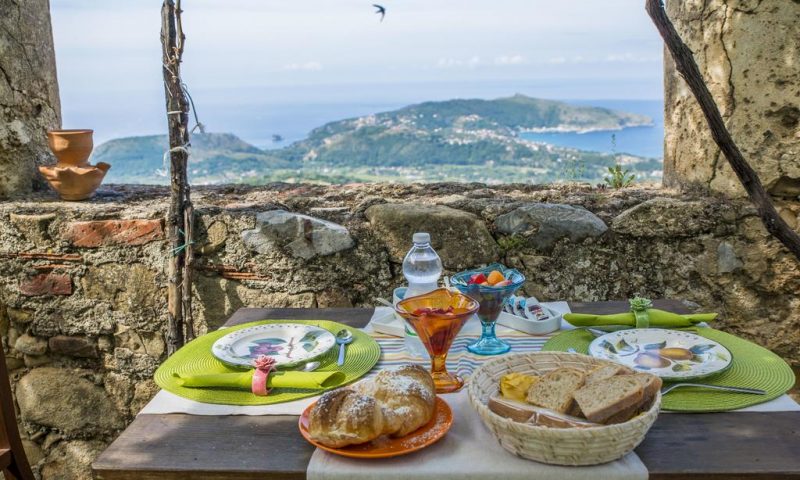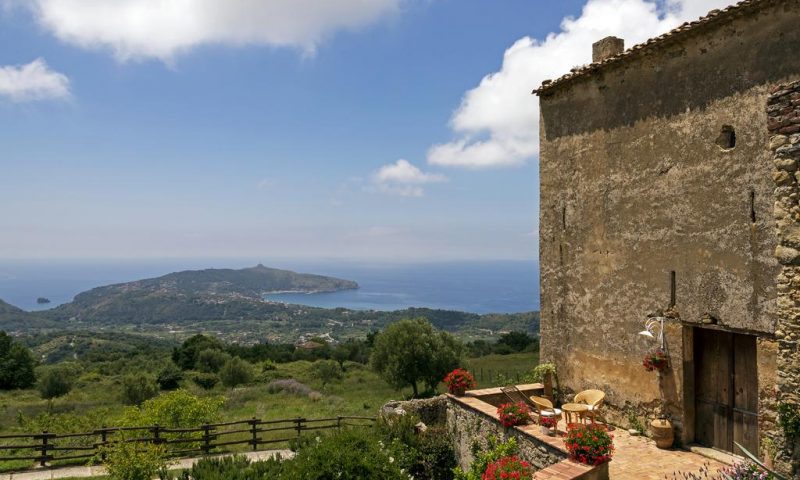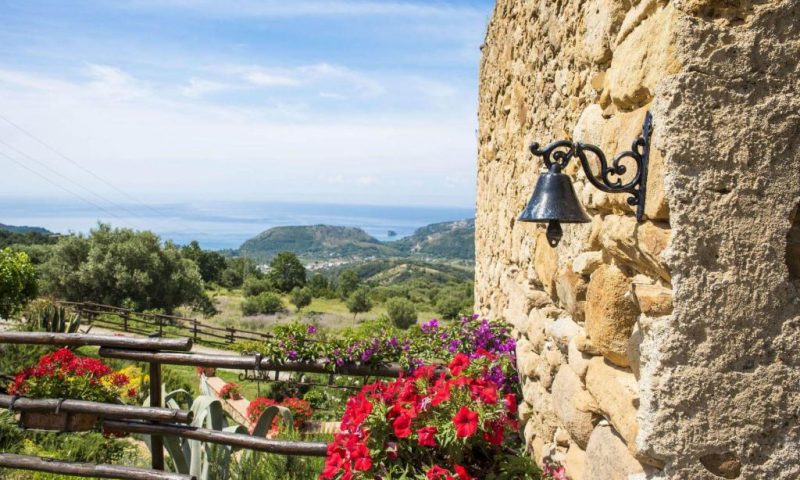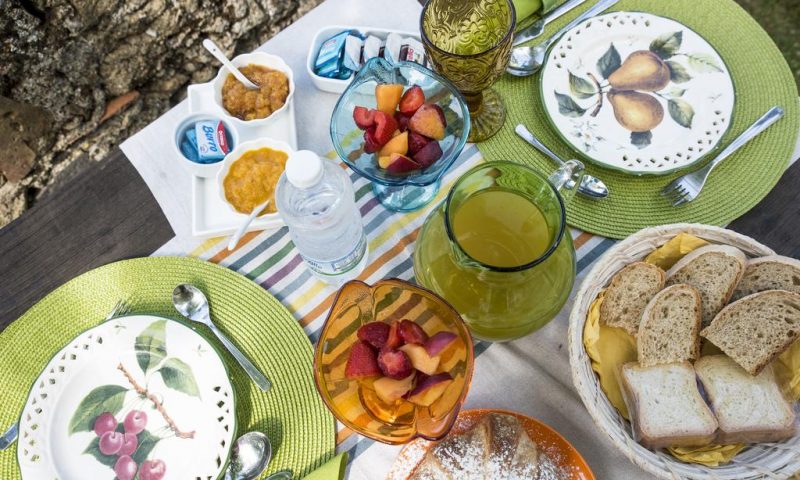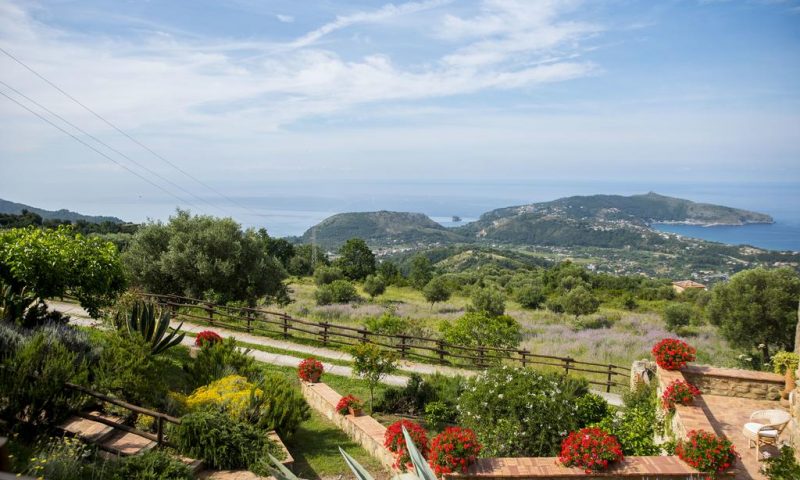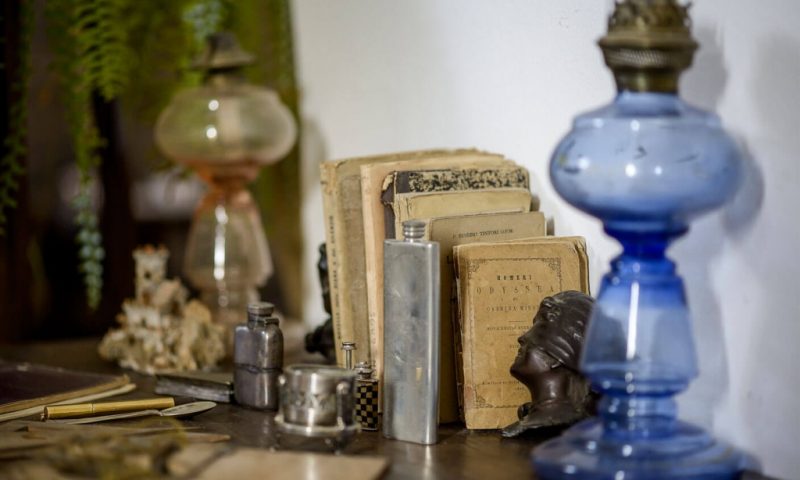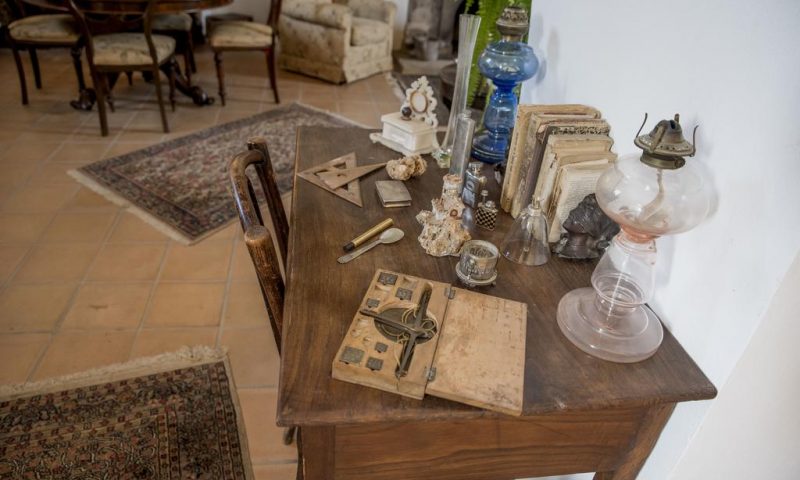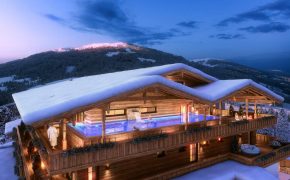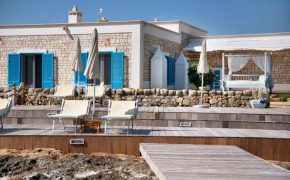The feudal estate San Sergio, according to the priest Don Giuseppe Stanziola, parish priest of Centola, took its name from the chapel of San Sergio located there.
The feudal lords of Centola were the Rosso who had the first lordship, then Giacomo della Morra, the Di Sangro, with Carlo and Alfonso, seen in 1456, when according to Stanziola, they built the chapel called San Sergio.
Then came the Caracciolos, again the Di Sangro with Sigismondo and Ippolita who built a small manor there between 1532 and 1535.
The Rosso family returned at the end of 1500 and, in 1602, with Ascanio Rosso and then their daughter Maria, ceded the Feud to Mario Rosso and from these it passed to Fulvia Scondito who, in 1622, for 12,000 ducats, sold the fiefdom to Domenico Pappacoda , Marquis of Pisciotta and former feudal lord of Molpa and Palinuro.
It meant that the negotiation took place right in the manor of San Sergio, with on one side the priest Don Luca De Angelis and on the other a friend of Scondito, Sofia Scannuzzi.
The economic situation of the Scondito was burdened by many debts, due to her thunderous life as a beautiful woman. On the chapel there was certainly the income of the abbey of Centola, and was governed by a priest.
We know that in 1587 Don Oreste Cerulli was the priest until 1598, the date of his resignation. In 1613 we find rector Don Gianpaolo De Damiano (resigning) who left for fear of the bad condition in which the walls of the chapel were.
From the year 1622 until 1626 the chapel disappeared leaving only a few ruins standing; the feudal lord Giuseppe Pappacoda died in 1773, Prince of Centola and Marquis of Pisciotta, inherited titles and assets the only daughter Giovanna Pappacoda who died in 1809.
Giovanna Papacoda married Prince Giovancarlo Doria D’Angri; in fact Donna Maria Antonia Doria, heir of Pappacoda, sold the San Sergio estate and other small properties to the agent of the feud Giovanni Angelo Rinaldi in 1820.
Giovanni Angelo Rinaldi died in 1852, unmarried, leaving San Sergio to his nephew Achille Rinaldi (1823 -1876) very active and positive man; practically, always according to Stanziola, it was he who transformed that small manor into a palace with structures similar to a castle.
When the aforementioned Achilles died, San Sergio passed to his son Giovanni who in turn gave it to his son Achille born in 1880 and who died celibate in 1933. Heir to his properties remained the sisters; one of these had San Sergio, and his son Michele De Augostinis inherited the Castle. After Michele’s death
ROOMS & SUITES
Have you ever built a castle in the air? Here is one, brought down to earth and set for the wonder of the times. The Castle of San Sergio offers its guests sun, sea and many beautiful things for an unforgettable experience.
CIRCE
Ulysses, on his way up the Italian coast, reaches the island of Eea. Ulysses landed on the island together with his men who he sent in advance on a reconnaissance tour. Guided by the faithful Eurilochus, they were drawn to her palace by the sweet sound of the sorceress’s voice.
Circe offered the sailors of Ulysses a large meal and some drugged wine which they naively accepted. This made them helpless in the face of his magic. Circe touched them one by one with her magic wand and turned them into pigs.
Over time Circe fell in love with Ulysses and decided to help him on his journey to Ithaca by letting him leave with his ship.
ATHENA
Daughter of Zeus and his first wife Metis, Athena was the goddess of wisdom, particularly of wisdom, weaving and the arts. Its sacred symbols were the owl and the olive tree. his wisdom relives in this evocative room.
One of a kind, this room is a meeting of poetry and beauty. Original style furniture in wrought iron and wood, “wisdom” corner with desk and corner slits to contemplate the landscape, are the inspiration for wisdom and psychic well-being.
NAUSICAA
Nausicaa, a figure from Greek mythology who symbolizes generosity and hospitality, gives its name to this wonderful room. Book VI of the Odyssey tells of a Nausicaa who, advised by Athena, plays ball near a shore with her handmaids.
Suddenly a naked castaway comes out of a bush: Ulysses. While the handmaids flee in fear, Nausicaa welcomes with elegance and courtesy the stranger who invokes her mercy.
In the splendor of the furniture in wood and wrought iron you can relive the emotions of these enchanting lands, dedicating yourself to relaxation and the care of your well-being.
From the slit on the external walls you can admire the exceptional panorama, as many centuries ago the inhabitants of the Castle controlled the surrounding area.
EXCURSIONS
The excursion program is organized by the Cilento for Travelers association, and includes nature trails, culinary and cultural experiences of various kinds. Every day you can discover a piece of our wealth.
THE SAN CONO PATH
Between Capo Palinuro and Marina di Camerota, on the coast overlooking the Cala del Cefalo and the bed of the Mingardo River, there is one of the most important naturalistic and botanical emergencies of Cilento and the whole Mediterranean basin: the Bosco di San Cono, one of the last spontaneous woods of Pino D’Aleppo.
Overcoming the first, considerable difference in height and going up the thick pine forest, you reach the top of the rocky ridge overlooking the Cala del Cefalo and its long beach.
The view is spectacular: the Mingardo river, the Molpa and Marinella hills, the Arco Naturale, the promontory of Capo Palinuro. The walk is within everyone’s reach and has many shaded areas, because the path passes through the trees and the Mediterranean scrub.
It takes place : Monday morning – other days on request – Departure : 9.30 am – Total duration : about 3 hours
FOOD & WINE
An experience to get to know the most authentic soul of Cilento, a short distance from the sea of Palinuro and Marina di Camerota.
The route starts with a guided tour of the magnificent medieval village of Sanseverino: nestled on the top of the hill overlooking the part of the valley of the Mingardo river known as the “Devil’s Throat”, it is one of the most beautiful examples of early medieval settlement in the whole of Cilento.
It preserves traces of the Lombard, Norman, Swabian, Angevin, Aragonese, Spanish periods (of the seventeenth century, of the eighteenth century and more markedly of the Bourbon nineteenth century), while the traces of the first half of the twentieth century are linked to the last period of life before the abandonment by the inhabitants.
We continue with a visit to the village of Foria, a few kilometers from Sanseverino. Foria, with its amazing location on the crest of the hill overlooking two valleys, it contains small treasures of craftsmanship, gastronomy and history.
Wine is also history here: Foria for centuries even sold it to the Pope, and Cervantes talks about it in one of his most famous short stories, “Il dottor vetrata”.
To conclude, a tasting of wine and typical products (depending on the season, since all the products are fresh, vegetables from the garden prepared according to traditional recipes, homemade pasta, locally produced cold cuts and cheeses, croquettes and arancini hand with local ingredients …).
Departure : 5pm – Total duration : about 4 hours – villages-food-wine
TURTLE TRAIL
Palinuro has been a nesting place for Caretta Caretta turtles for years. The importance of these events is such as to interest the Anton Dohrn Zoological Station of Naples, which studies and protects this magnificent species.
The excursion will allow you to walk along the beach where sightings, spawnings (the latest dated July 2020), and hatches have been more frequent, which is also one of the most beautiful in the area since, in addition to turtles, it has been for centuries area of collection and production of one of the best salts in Europe, marinello, extracted from these rocks.
The observable marine flora is also very rich, from the sea lily (protected species) to the sea fennel, used for centuries in the local gastronomy. The time of sunset, then,
It takes place : Tuesday afternoon – other days on request – Departure : 6 pm – Total duration : about 2.5 hours
PALINURO
Palinuro is not just the sea. There is a hidden Palinuro, made up of prehistoric and Greek settlements, of Spanish towers, of Napoleonic forts, of Murat who lived here, of Ungaretti who dedicated the “Recitative” to Palinuro.
Story to be told amidst breathtaking views, such as the one visible from the Antiquarium – Archaeological Museum: located in a park of pine trees on the sea, it houses important works, almost all coming from the Palinurese necropolis (16th century BC).
The walk through the most significant places will end with a visit to the Antiquarium and the underlying splendid beach of Ficocella.
It takes place : Wednesday morning – other days on request – Departure Wednesday : 10 am – Total duration : about 2.5 hours
CAMEROTA
Simply one of the most beautiful villages in Cilento, Camerota is perched on a spur of rock, in an extremely scenic position, surrounded by greenery and breathtaking views.
It is one of the most important coastal prehistoric sites in Italy, with traces covering a time span that goes from the Paleolithic to the Neolithic, evidenced by the discovery of finds that include, in addition to stone tools, ceramic artefacts: the processing of ceramics, with its artisan shops, has therefore been a typical camerotan activity for about 6000 years.
The excursion includes a walk through the village, with its castles, alleys, palaces and churches, a visit to a typical ceramic workshop and a final tasting of typical products, including “the ‘rianata” ( literally origanata),
Departure : 5pm – Total duration : about 4 hours
INFRESCHI
The Costa degli Infreschi and Masseta is a spectacular Marine Protected Area, one of the most important in the whole Mediterranean. Cradle of biodiversity, its coast is one of the least urbanized in the whole of southern Italy.
For km it is a succession of coves, cliffs, beaches, coastal towers, caves, crystal clear seabeds. The path leading to Infreschi is part of the award-winning Mediterranean Path E12.
It starts in the Lentiscelle area in Marina di Camerota, and among olive groves and Mediterranean scrub continue to the Pozzallo beach, where you stop for a swim; then for the path that reaches Cala Bianca, where there will be the second swim stop.
The last stretch leads to the plateau where it is possible to observe the whole coast up to Basilicata. A downhill road leads to the natural harbor of Baia Infreschi,
It takes place : Thursday morning – other days on request – Departure : 8.30 am – Total duration : about 5 hours
CENTOLA
The historic center of this beautiful village is a tangle of alleys, evidence of its origin, following the destruction of Molpa by general Belisario. The survivors, one hundred in number, took refuge on the hills, and built a settlement called, by their number, “Centula”.
It was Byzantine, then Lombard, Norman, Swabian, Angevin, Aragonese, Spanish: the walk allows you to discover this history among suggestive alleys and enchanting views.
It takes place : Thursday afternoon – other days on request – Departure : 18.00 – Total duration : about 2 hours
PISCIOTTA
A splendid village clinging to the top of a hill overlooking the sea, one of the most beautiful in all of Cilento, Pisciotta was born in 915 AD, when the Saracens attack and destroy Policastro.
The guided walk will illustrate its long history, among stately buildings, splendid churches, gastronomic excellences such as the Anchovies of Menaica, a Slow Food presidium.
It takes place : Friday morning – other days on request – Departure : 9.30 am – Total duration : about 3 hours
Walking tour among prehistoric coastal caves in Marina di Camerota. Renowned seaside resort known for the beauty of its coasts, Marina di Camerota offers its visitors an incredible and unknown heritage: it is in fact the place where some of the most important prehistoric coastal caves in Europe are concentrated.
From the Grotta della Cala al Riparo del Poggio to the Grotta della Serratura, this beautiful seaside village allows you to see extraordinary historical and archaeological evidence with a simple walk, accompanied by an expert in local art and history, who will illustrate its main peculiarities.
It takes place : Saturday morning or afternoon – other days on request – Departure : 10 am – Total duration : about 2.5 hours
